
Know Your Garden: The World of Dirt & Their Types of Soil
Published: 27/03/2023 | Updated: 09/09/2023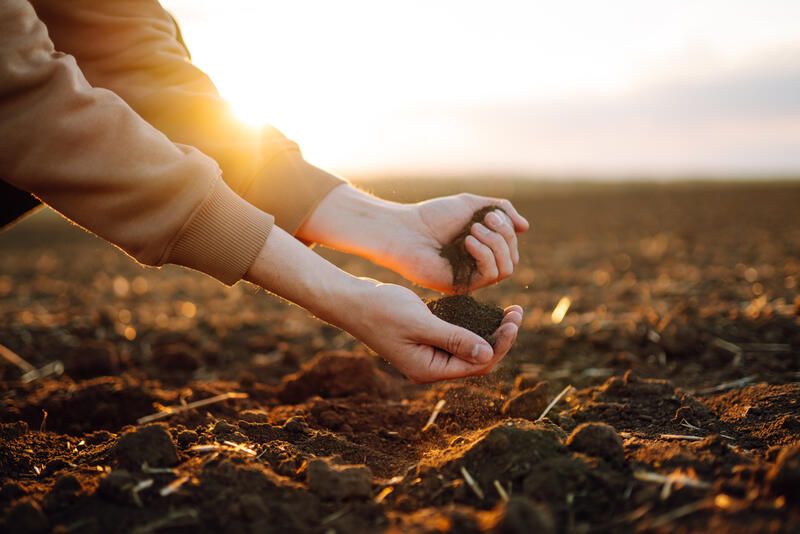
Gardening is a joy that is brought to a lot of people worldwide. Whether you're planting directly or you're buying produce that has been planted, gardening is an essential part of the plant life of every community. And just like life, everything has to start from somewhere. And today we're talking about that specific planting somewhere, soil.


Your plants get the essential nutrients, water, and oxygen they need for a healthy growth and development cycle from the soil. Yet, each piece of the soil surface and land has a unique combination of minerals, organic matter, and inorganic stuff, which in large part dictates what kinds of plants, such as trees or bushes, can be effectively cultivated there.
With confined plots like raised beds or planters, ideal soil conditions for particular crops can be developed, but for wider gardens and landscapes, it helps to understand the properties of the existing soil that you have to work with.
What is Soil?
The pedosphere, or top layer of the earth's land surface, is made up of soil. It is composed of living things, minerals, gases, liquids, and organic materials. Together, these elements enable the existence of plants and animals on earth. Many life forms can thrive in soil, which also serves as a storage area for water. One of the most important natural resources on the planet is soil. The study of soil and the different environmental conditions that affect its quality is known as soil science. Scientists studying soils are constantly learning new ways that pollution, soil health, erosion, and climate change are all impacted by land use.
The Types of Soil
According to their chemical makeup, which impacts how water and nutrients are absorbed and which crops are best suited for growing in them, soils are often divided into six groups. Sand, clay, loam, chalk, peat, or silt can all be used as the basis for soil composition. Many soil systems will have variations within them, with some patches having larger concentrations of one component than another. Let's examine the main traits and characteristics of each type of soil and how they apply to agriculture.
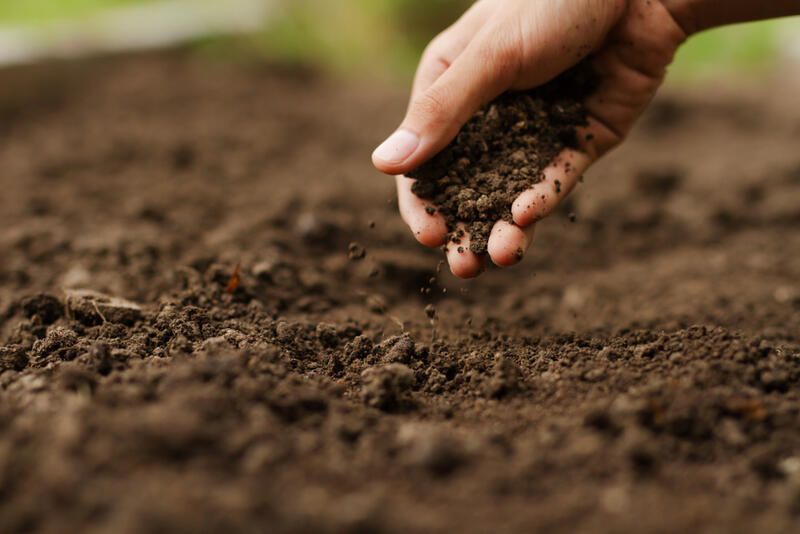
Clay Soil
A heavy soil type that benefits from high nutrients to retain moisture is clay soil. Clay soils stay chilly and wet in the winter and become dry in the summer.
These soils include more than 25% clay, and clay soils hold a lot of water because of the gaps between the clay soil particles.
These soils can frequently be challenging for gardeners since they drain slowly, take longer to warm up in the summer, and dry up and crack.
What to grow?
-
Clay soil is ideal for perennials and shrubs including blooming quince, bergamot, asters, and Helen's flower.
-
Because clay soil is chilly and dense, it might be challenging to cultivate early vegetable crops and soft berry crops in it.
-
Vegetables grown for summer harvest can be robust, high-yielding plants. Clay soils are ideal for fruit trees, decorative trees, and shrubs.
Sandy Soil
Light, warm, and dry sand tends to be acidic and deficient in nutrients. Due to their high sand content and low amount of clay, sandy soils are frequently referred to as "light soils" (clay weighs more than sand).
These soils are simple to work with and have quick water drainage. Compared to clay soils, they warm up more quickly in the spring, but they tend to dry up in the summer and have low nutrient levels that are washed away by rain.
By enhancing the soil's ability to store nutrients and water, the addition of organic matter can assist in soil fertility by providing plants with an extra boost of nutrients.
What to grow?
-
Sandier soils are preferred by shrubs and bulbs including tulips, tree mallow, sun roses, and hibiscus.
-
Sandier soils are better for root crops like potatoes, parsnips, and carrots.
-
Commercial crops planted on sandy soils include lettuce, strawberries, peppers, corn, squash, zucchini, collard greens, and tomatoes.
Peat Soil
Chalk soils have the opposite properties of peat soils because peat, which is decomposing organic matter, causes acidic conditions that must be neutralized in the soil amendments for most crops to grow successfully. Peat soils are springy, fluffy, and light, and they absorb water like a sponge. Peat soils' main problem is drainage; however, they can be treated with lime or chalky soils (or the other way around) to balance the acidity and enhance drainage.
What to grow?
-
Shrubs include azaleas, camellias, lantern trees, witch hazel, and heather.
-
In well-drained peaty soils, vegetable crops including Brassicas, legumes, root vegetables, and salad crops thrive.
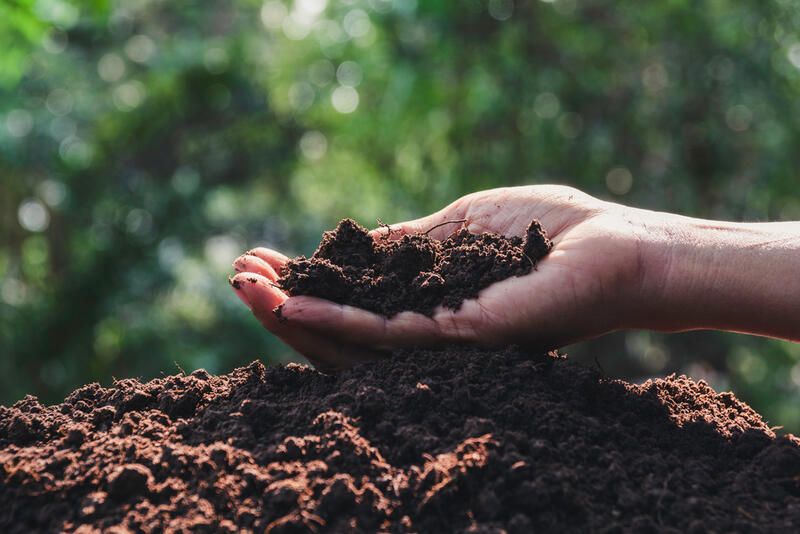
Chalky Soil
Chalky or lime-rich soils have an alkaline pH because of the large levels of calcium carbonate that are present. When modified with organic matter and sulfuric fertilizers to enhance nutrition and lower soil pH, these sorts of soils and their characteristics, which typically result from being on top of limestone or chalk bedrock, are frequently the most arable. Because of the bigger particles and rocks present, chalky soils do have excellent drainage, however, some root vegetables may not grow well in them.
What to grow?
-
Lilacs, weigela, Madonna lilies, pinks, and mock oranges are a few examples of trees, bulbs, and shrubs.
-
Spinach, beets, sweet corn, and cabbage are examples of vegetables.
Loamy Soil
Sand, clay, and silt, the three soil types stated above, are balanced in varied combinations to create loamy soils. Due to its "best of both worlds" qualities, or the fact that it combines the advantages of the three soil types and sand particles it is composed of, this soil type is one of the most attractive and prolific. Loamy soils provide crops with a reasonably temperature-stable environment due to their excellent drainage, high nutrient availability, well-structured profile, and gradual thermal transitions.
The majority of fruits and vegetables will thrive in loamy soils, but because of its delicate balance of three other soil types, it requires regular maintenance to prevent one element from dominating and tipping the balance. One of the finest things for this soil is crop rotation, which keeps the loam soil from losing all of its good qualities through repeated plantings of a single heavy feeder.
What to grow?
-
Climbers, perennials, shrubs, and tubers such as wisteria, dog's-tooth violets, rubus, and delphinium.
-
As loamy soil is among the most prolific soil types, the majority of vegetable and fruit crops will prosper in it. Yet, to avoid depletion and drying out, loamy soil needs to be managed carefully. To maintain soil vitality, it is crucial to rotate crops, plant green manure crops, use mulches, add compost, and supply organic fertilizers.
Silty Soil
Silty soils have an unmistakable silky and smooth texture, are frequently highly fertile, and strike the perfect balance between a respectable nutrient density and poor drainage. Most crops can be grown easily in silt soils, however, for the best crop performance, drainage amendments may be required. Silty soils are softer and lighter than clay soils, and they don't compact as easily. But, they lack a strong soil profile that can be remedied by growing perennial crops whose roots keep the silt soil together. The finest plants for silty soils are frequently perennial bushes and trees that thrive in damp, rich environments.
What to grow?
-
Silty soil is favorable to shrubs, climbers, grasses, and perennials like Mahonia and New Zealand flax.
-
Water-loving trees including dogwood, willow, birch, and cypress thrive in silty soils.
-
The majority of vegetable and fruit crops do well in silty soils with good drainage.
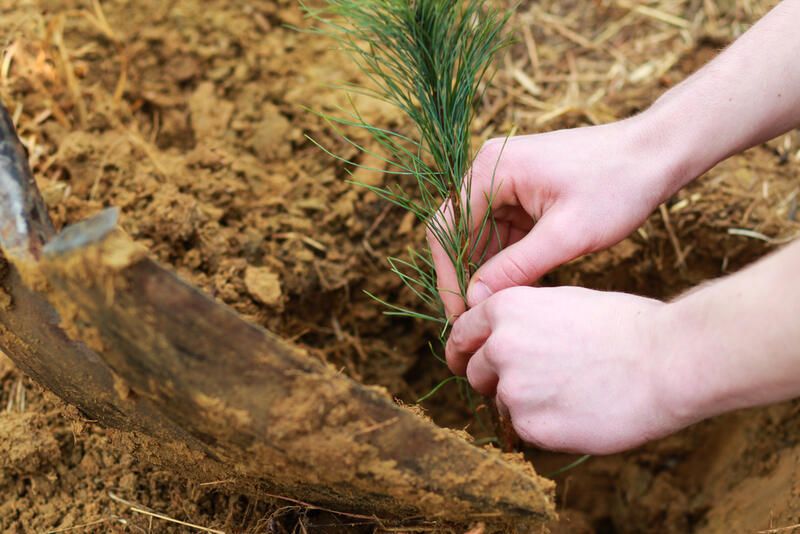
How to Determine Soil Types?
The Water Retention Test
Onto your soil, pour some water. It is probably sandy or gravelly soil if it drains quickly. The water will take longer to penetrate clay soils.
Acid Test
The typical pH range for soils is between 4.0 and 8.5. As nutrients and minerals grow naturally healthy soils at a pH between 6.5 and 7, plants prefer soil that has this range. A pH test kit is available here or at a nearby garden center. You will typically find acid soil in places with soft water and alkaline soil in areas with hard water.
Squeeze Test
Take a handful of dirt and gently ball it up in your fist.
-
Clay soil will feel greasy and clingy to the touch, and it will hold its shape and remain intact when released.
-
Peaty soil has a spongy texture, whereas sandy soil feels gritty and crumbles easily.
-
Loamy and silty soils have a smooth feel to them and can retain their shape for a short time.
Settling Test
In a clear container, add a small amount of soil, and some water, and shake vigorously before letting it sit for 12 hours.
-
Clay and silty soils produce murky water with a bottom layer of particles.
-
Sandy soils cause the water to be primarily clear and the majority of the particles to fall, forming a coating on the container's base.
-
The water in peaty soils will have a thin layer at the bottom and many floating particles on the surface.
-
Chalky soils will produce water that is a light shade of grey and will leave a coating of whitish, grit-like particles on the bottom of the container.
-
This soil is probably loamy if the water is relatively clear and the bottom of the container has layers of particles, with the finest particles at the top.
Soil Test Kit
To determine primary nutrients (N-P-K) and pH levels, use a soil test kit. You may more precisely assess the state of your soil through testing, allowing you to fertilize more efficiently and affordably. Throughout the growing season, soil quality should be examined at regular intervals.
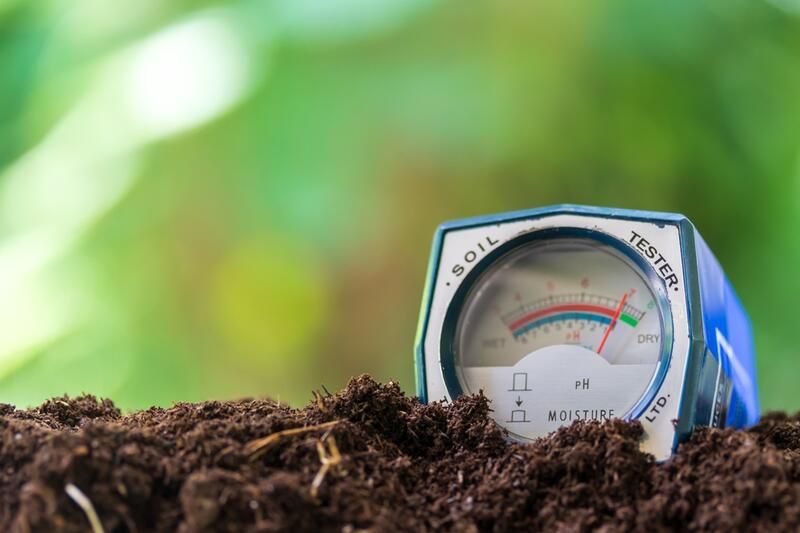
Making The Most Of It!
Although most plants prefer neutral soil, it's important to keep in mind that some plants prefer slightly acidic soils or alkaline soils. It is feasible to slightly modify the pH of your soil, regardless of its current pH, to make it more conducive to the plants you want to cultivate. Make the most of your current soil type because, as you should keep in mind, this is only a temporary situation.
Your soil will become more alkaline if you add pulverized lime, and it will become more acidic soil if you add Sulphur or aluminum sulfate.
If your soil lacks nutrients (like sandy soil), consider adding organic matter to it, such as compost and manure, to enhance the soil texture and enrich the soil. Use natural mulches like straw, dried grass, and deciduous leaves. These mulches decompose and mix with the soil, creating a fresh source of organic nutrients and enhancing soil structure.
Clay soil frequently has insufficient aeration and poor structure, which makes it more challenging for successful plant growth. It is advisable to add a lot of well-rotted organic matter in the fall and peat a few weeks before planting in clay soil to make plant roots get the most out of it. Greensand can also be used to loosen heavy clay soils or bind sandy soils.
Because of its alkaline makeup, cultivating in chalky soil is frequently challenging. Add hefty organic matter to the soil, which decomposes over time and enriches it with vital nutrients and minerals, to help correct this.


